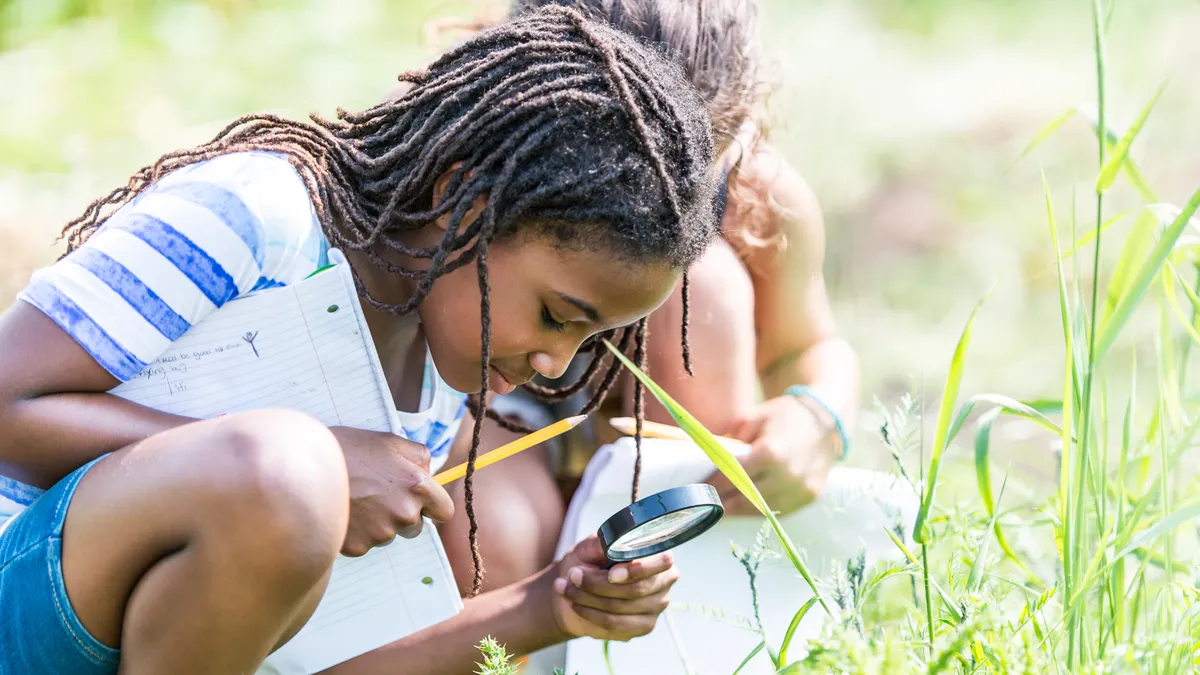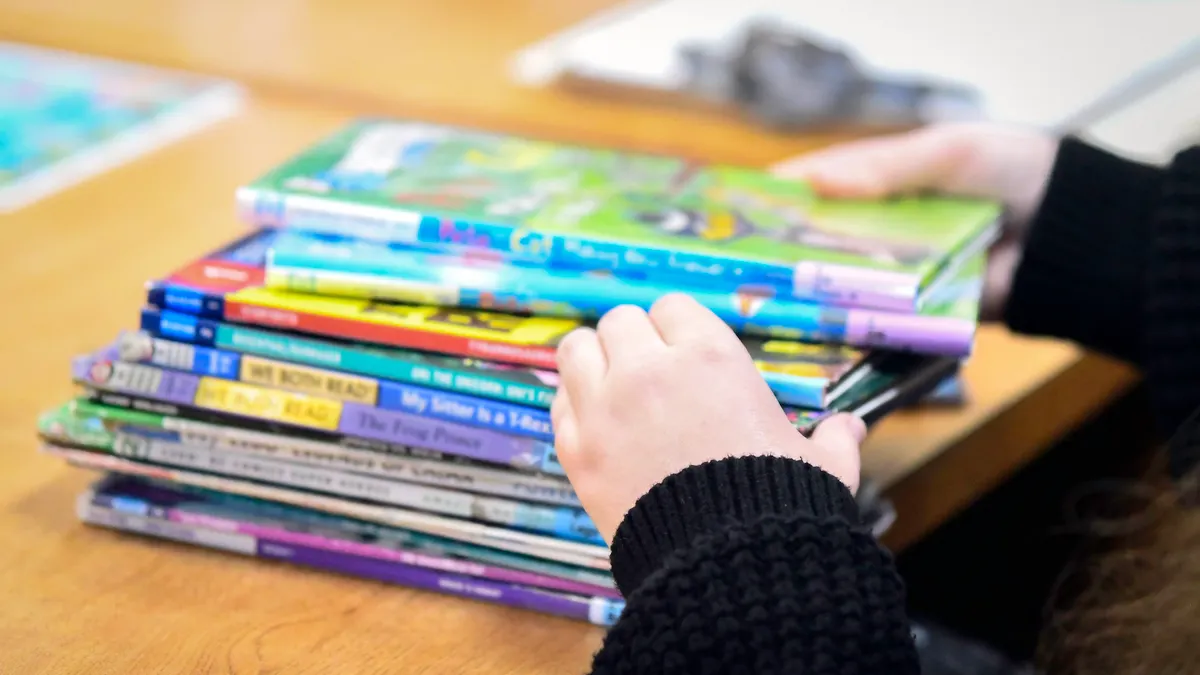“The public schools must in truth be not only the nutrient of democracy but also the instrument through which the promises of democracy are made real in the lives of all the people.” (St. Louis Public Schools Curriculum and Instruction Report, September, 1941)
It has been more than a year since the historic presidential election unveiled the consequences our country faces when people are not equipped to participate as effective citizens. We saw — and many of us engaged in our own — futile debates. We circumvented constructive conversations about policies and held strong with our personal convictions, unwilling to listen to the perspectives of others. Roughly 60% of all eligible voters made it to the polls to cast their votes for president, as well as the numerous other state and local races that may have been on their ballots. In the year since, select local elections have seen record low turnouts. Needless to say, the vitriol and party divisiveness, too, are still present.
It is likely not a coincidence that our democracy seems to be crumbling at a time when only one in four Americans can name all three branches of government, young people cannot tell the difference between real and fake news, and 77% of young Americans cannot name one U.S. senator representing their home state. It is the founding responsibility of our public schools to prepare students for civic life. Yet, with many states reluctant or unable to implement education mandates, and an increased focus in schools on tested subjects such as math, science and English language arts, civics education has largely fallen by the wayside.
When statewide civics education policy is insufficient, school districts are in a unique position to shift the tide themselves. Yet all too often, school districts see their missions as preparing students for college and careers, but not the essential duties of active citizenship. Where civics is taught, it often focuses only on the basic facts of government. While it’s important that students know how the government works, students must also learn the skills necessary to become active and engaged citizens if we want the future state of our democracy to look different than it is today.
One way to take civics classes beyond Schoolhouse Rock is through action civics, a student-centered, experiential practice in which young people learn about the political process by taking real action on specific issues in their communities. In action civics, students typically follow a process of community examination, issue identification, research, strategizing, taking action and reflection.
Within the St. Louis Public Schools (SLPS), students have engaged in action civics in various ways during the past few years. SLPS students used design thinking strategies, which mirrors the action civics process, to address homelessness, food deserts, and school space re-utilization. Other SLPS schools have developed social justice organizations that work on cultivating peaceful resolutions to disputes and encouraging greater cooperation between the police and the community. Programs revolving around empathy and trauma-informed teaching have also been a part of the district’s response to issues within the community.
In school districts where there is less internal capacity to support the implementation of action civics, nonprofit organizations are serving as partners to provide an action civics curriculum to students. Generation Citizen, for example, works with schools in six states, including deep partnerships with Boston Public Schools, Austin Independent School District and Oklahoma City Public Schools to teach action civics. Students are are using policy solutions to tackle the root causes of issues facing their local communities such as bullying, youth homelessness and education funding.
In 2018, school districts across the country should commit to revitalizing civics education in our schools by prioritizing and investing in action civics and similar practices. Here are a few ways that they can do that:
-
School districts should prioritize civic and community readiness in their official strategic plans. These priorities should identify action civics as a key strategy and be attached to student assessments, and accountability metrics.
-
Professional development focused on action civics should be provided to all teachers in middle and high schools, with a focus on social studies educators. In addition to training, school districts should provide teachers with resources, such as joint planning time, access to community partnerships and proven curricula.
-
School districts should engage with local community groups and organizations in order to successfully implement action civics. This can include public-private partnerships to fund professional development for teachers, partnerships with local education nonprofits, and the formation of a cross-sector coalition to institutionalize Action Civics in state-level legislation or administrative policy.
Shifting the mindset of leaders and teachers to understand civics education in a more active fashion takes time. Framing the conversation around action can be intimidating, but active civic engagement is what shifts our communities to improve.
Civic education is not rote memorization of facts, but engaging in debates, deliberations and dreaming of what is possible for our community. Young men and women in our classrooms are able to rise above the name calling and engage in tough decision-making processes that some of our lawmakers are not able to do. If America is to continue as a “city on a hill whose beacon light guides freedom-loving people everywhere,” we need invest more time and energy into civics education programming.
Dana Harris is the manager of policy and advocacy for Generation Citizen, a civics education nonprofit organization. Glenn Barnes is the K-12 social studies curriculum specialist for the St. Louis Public Schools.




















